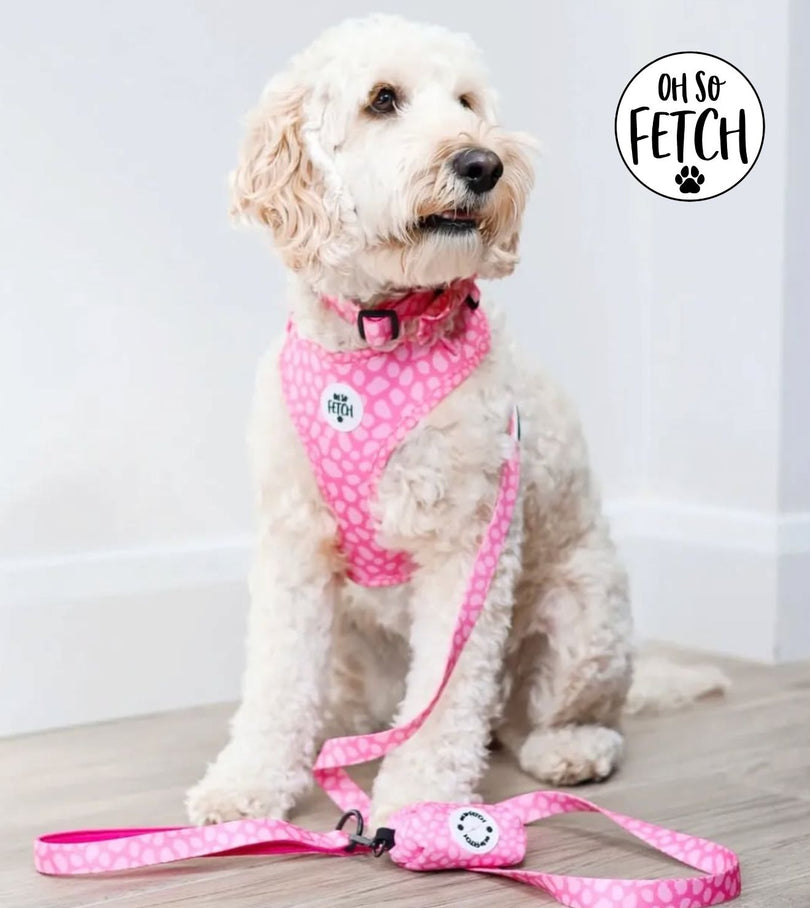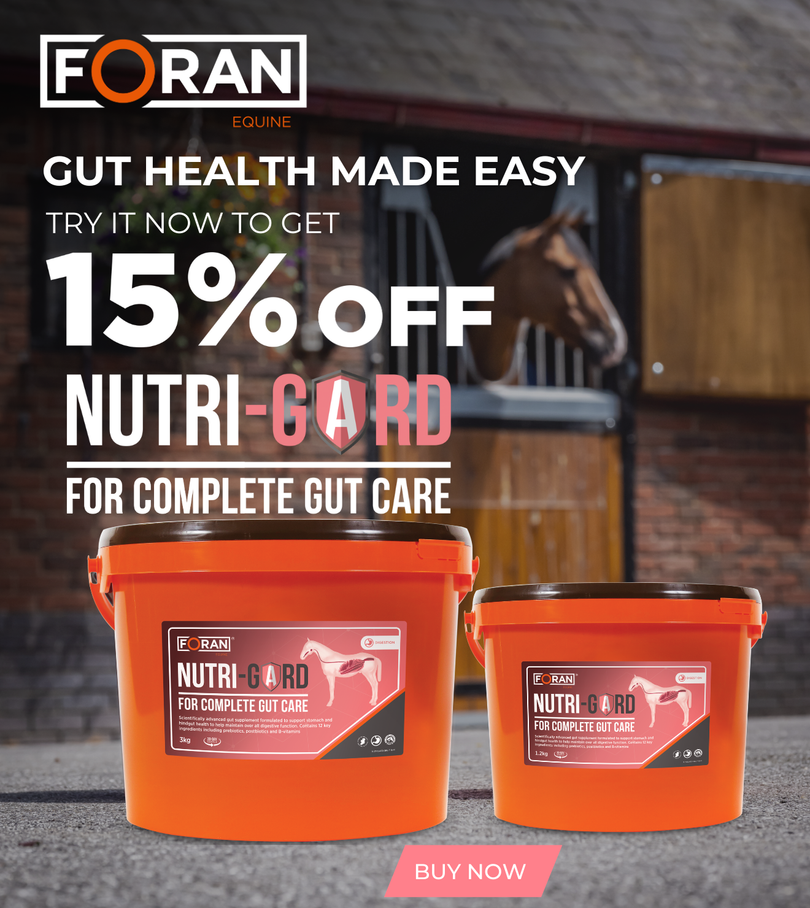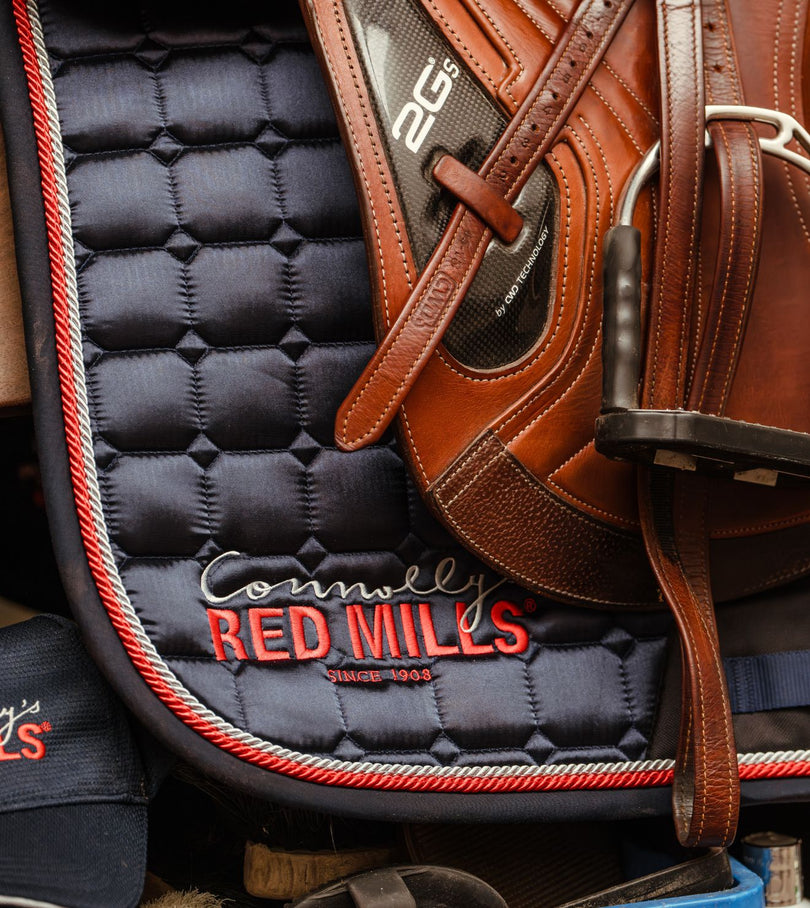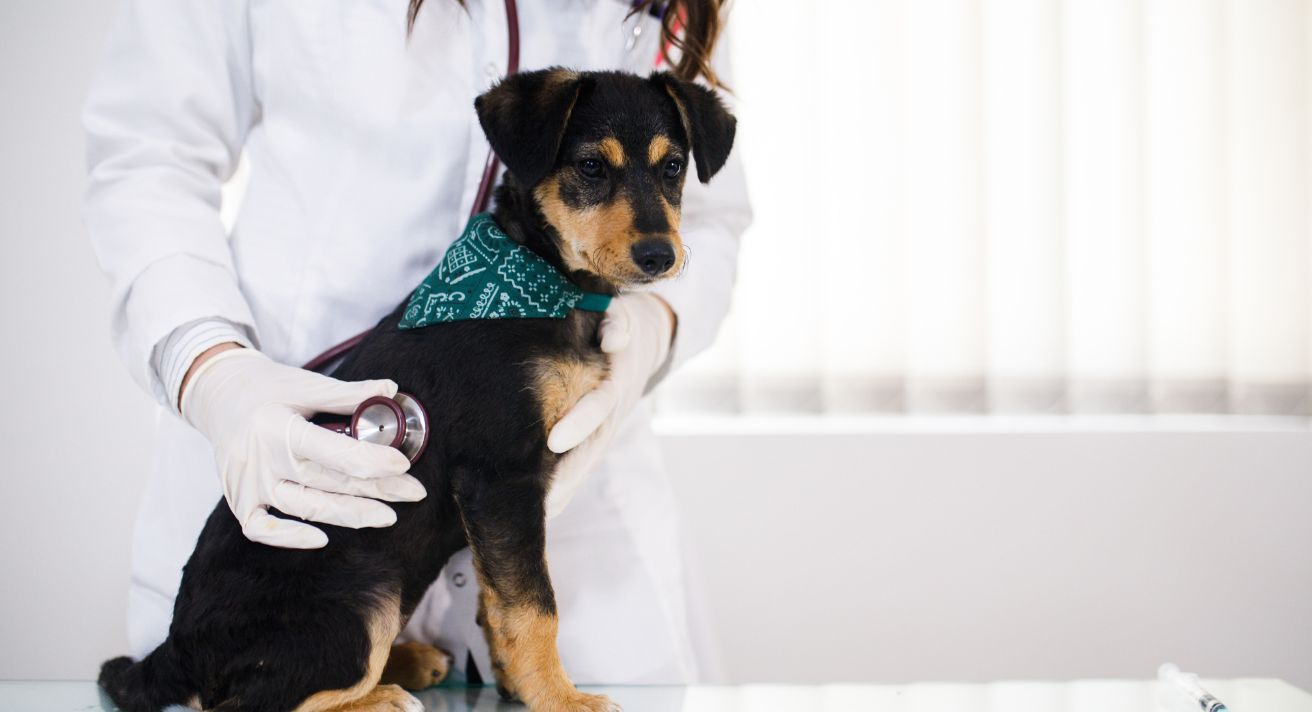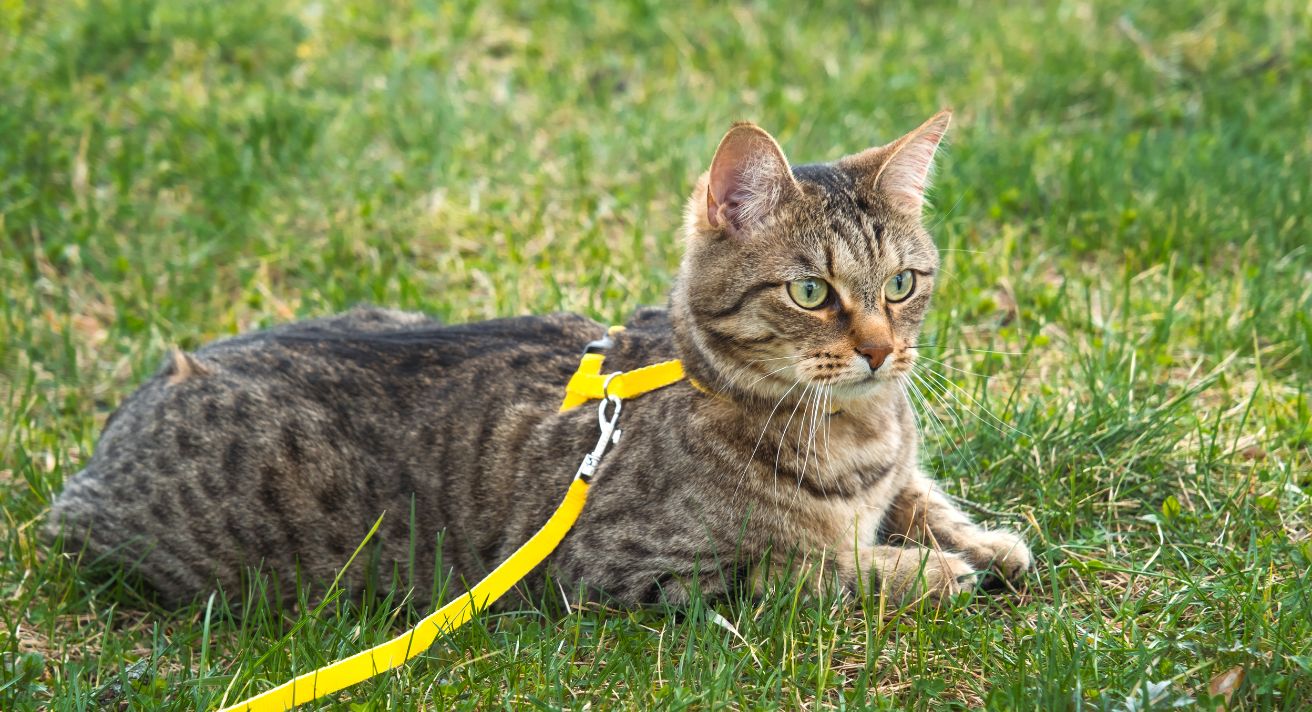Have you heard of white coat syndrome? It’s when people get a higher blood pressure reading at the doctor’s than they do at home because they are anxious about being there. White coat syndrome is pretty common, so it shouldn’t surprise us that it is very common for our dogs to be anxious about going to the vet.
They don’t know why they are getting poked, prodded and stuck with needles. And their anxiety can ramp up more because they can smell that other dogs there were afraid and even suffering. Our pets are clever, but they can’t always understand that those other animals are at the vet because they are ill or injured and the vet is helping them. But we owners can do a few things to make those visits easier on our fur-babies, the vet and ourselves.
How to Help Your Dog Relax at the Vet
These eight simple tips can make a big difference if your dog dreads and fears the vet.
- Desensitise your dog. Walk past the vet clinic without going in. Ask if there is a time you could pop in with your dog when it is quiet there for a quick hello.
- Prepare your dog for being handled. Lift your dog (if it is small enough to do so safely!). Groom them regularly and examine their mouth, ears and paws so that when the vet does this, it won’t be so strange and scary.
- Make friends with the staff. Let the staff give your dog treats and fuss over them, if your dog is comfortable with that. Make sure your dog sees you warmly greeting all of the staff.
- Offer lots of treats. Unless your dog is fasting or has an upset stomach, offer plenty of low-calorie training treats during the visit.
- Read the room. Keep a distance from other dogs, and if tension starts to build with dogs staring hard at each other, distract your dog or step out. If your dog is reactive to other dogs, speak to the staff about waiting outside until you are called for your appointment. Having your dog perform tricks is a good way to distract them during the wait.
- Radiate calm. Our dogs pick up on our mood, and if we are anticipating a terrible visit with our dog freaking out, we’re more likely to get exactly that.
- Bring a comfort item. Having a familiar blanket to lie on at the vet can be really comforting for your dog – although it might be too prone to slide off the exam table to use it there safely.
- Try a calming supplement. If all else fails, ask your vet about using a calming supplement for the visit. It might not be appropriate with some ailments, but often it can help your dog get through a scary situation and learn that the vet isn’t so bad.
It’s important that we owners respect that being a vet can be dangerous. There is no such thing as a dog that would never bite. Any dog can snap if they are frightened, panicking, confused or in pain. If the vet thinks your dog needs to be muzzled, please do not take offense. They’ve probably learned the hard way not to take chances. If a vet has to leave to get medical care for a bite, that means sick and suffering animals in the waiting room won’t get the urgent care they need. Teach your dog to wear a muzzle so if you have to put one on at the vet, it isn’t a big deal.
We hate to see our fur babies upset, but going to the vet is essential. Our dogs need medical care. Teaching them to trust the vet will make their annual exam and vaccines easier, but it will also make a huge difference if they are ever seriously ill or injured.





